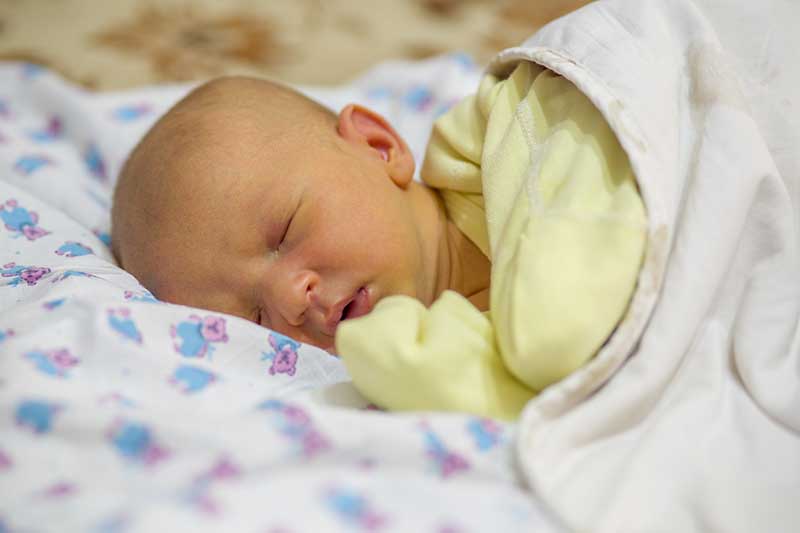Families For Life | Jaundice - What is It?-Babies

What causes jaundice in newborns? Here are some key points about paediatric jaundice as well as the signs of jaundice in newborns.
About Jaundice in Newborns
Jaundice is a common and usually harmless condition that occurs when your baby has a high level of bilirubin — an orange-yellow substance produced during the normal breakdown of red blood cells — in his/her blood. It is usually easy to spot because your baby’s skin and white of the eyes will likely be coloured yellow.
Symptoms of Jaundice in Newborns
Aside from yellowing of the skin and the whites of the eyes, other symptoms of newborn jaundice may include:
Yellowing of the palms of the hands or soles of the feet
Dark yellow urine
Pale-coloured faeces
What Causes Jaundice in Newborns?
Bilirubin in the blood is normally removed by the liver. However, because newborns have immature livers, it may require a few days before their bodies can fully eliminate bilirubin efficiently.
Explore more
Contributed by:
Health Promotion Board's Parent Hub